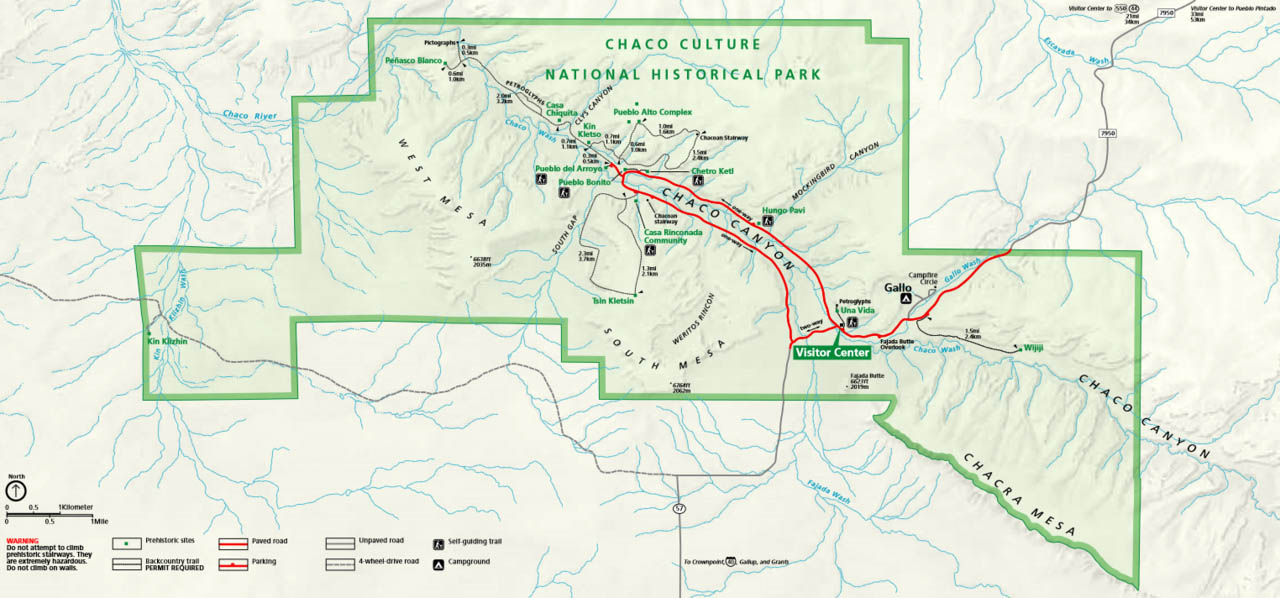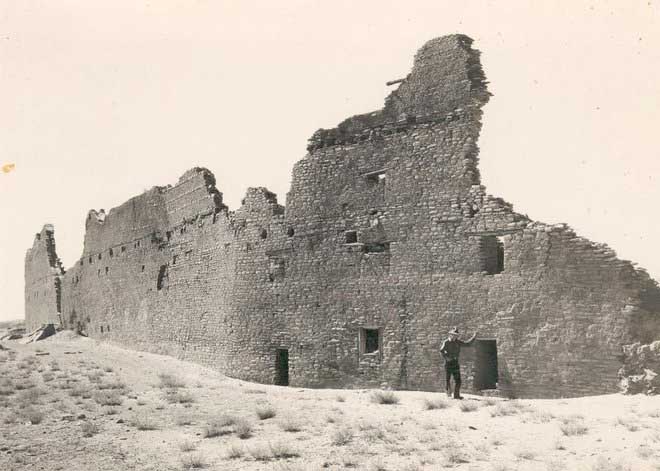
Chaco Culture: Pueblo Builders of the Southwest
Chaco Culture National Historical Park is a United States National Historical Park hosting the densest and most exceptional concentration of pueblos in the American Southwest. The park is located in northwestern New Mexico, between Albuquerque and Farmington, in a remote canyon cut by the Chaco Wash. Containing the most sweeping collection of ancient ruins north of Mexico, the park preserves one of the most important pre-Columbian cultural and historical areas in the United States.
Between AD 900 and 1150, Chaco Canyon was a major center of culture for the Ancient Pueblo Peoples. Chacoans quarried sandstone blocks and hauled timber from great distances, assembling fifteen major complexes that remained the largest buildings in North America until the 19th century. Evidence of archaeoastronomy at Chaco has been proposed, with the "Sun Dagger" petroglyph at Fajada Butte a popular example. Many Chacoan buildings may have been aligned to capture the solar and lunar cycles, requiring generations of astronomical observations and centuries of skillfully coordinated construction. Climate change is thought to have led to the emigration of Chacoans and the eventual abandonment of the canyon, beginning with a fifty-year drought commencing in 1130.
Comprising a UNESCO World Heritage Site located in the arid and sparsely populated Four Corners region, the Chacoan cultural sites are fragile Ð concerns of erosion caused by tourists have led to the closure of Fajada Butte to the public. The sites are considered sacred ancestral homelands by the Hopi and Pueblo people, who maintain oral accounts of their historical migration from Chaco and their spiritual relationship to the land. Though park preservation efforts can conflict with native religious beliefs, tribal representatives work closely with the National Park Service to share their knowledge and respect the heritage of the Chacoan culture. Read more

Chaco Culture: Pueblo Builders of the Southwest Live Science - May 23, 2017
The "Chaco Culture," as modern-day archaeologists call it, flourished between roughly the 9th and 13th centuries A.D. and was centered at Chaco Canyon in what is now New Mexico. The people of the Chaco Culture built immense structures that at times encompassed more than 500 rooms. They also participated in long-distance trade that brought cacao, macaws (a type of parrot), turquoise and copper to Chaco Canyon. The people of the Chaco Culture did not use a writing system and as such, researchers have to rely on the artifacts and structures they left behind, as well as oral accounts that have been passed on through generations, to reconstruct what their lives were like.
Archaeologists generally agree that Chaco Canyon was the center of Chaco Culture. Today the canyon is a national park and a UNESCO World Heritage Site. The National Park Service estimates that there are about 4,000 archaeological sites in the park, including more than a dozen immense structures that archaeologists sometimes call "Great Houses." Archaeological research has revealed many discoveries, including a system of roads that connected many Chaco Culture sites, and evidence of astronomical alignments that indicate that some Chaco Culture structures were oriented toward the solstice sun and lunar standstills. From Ellie Crystal